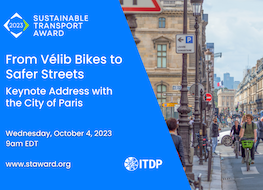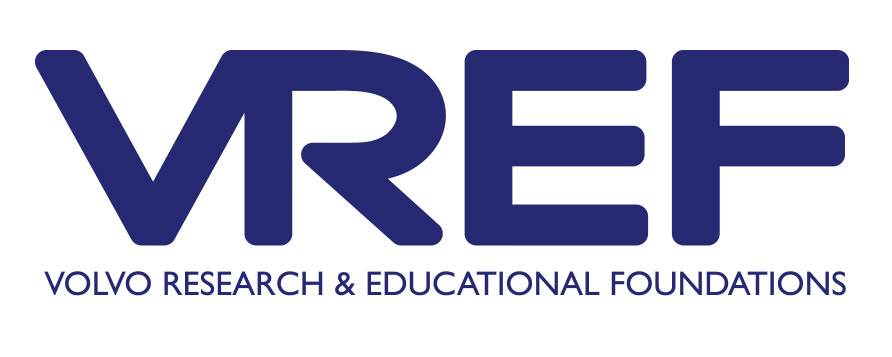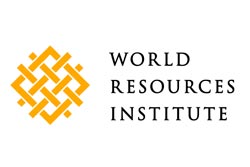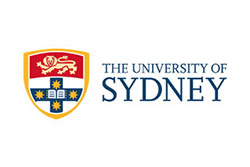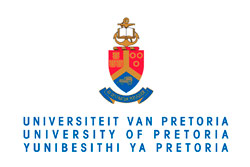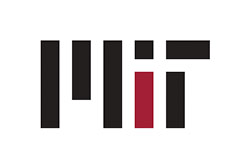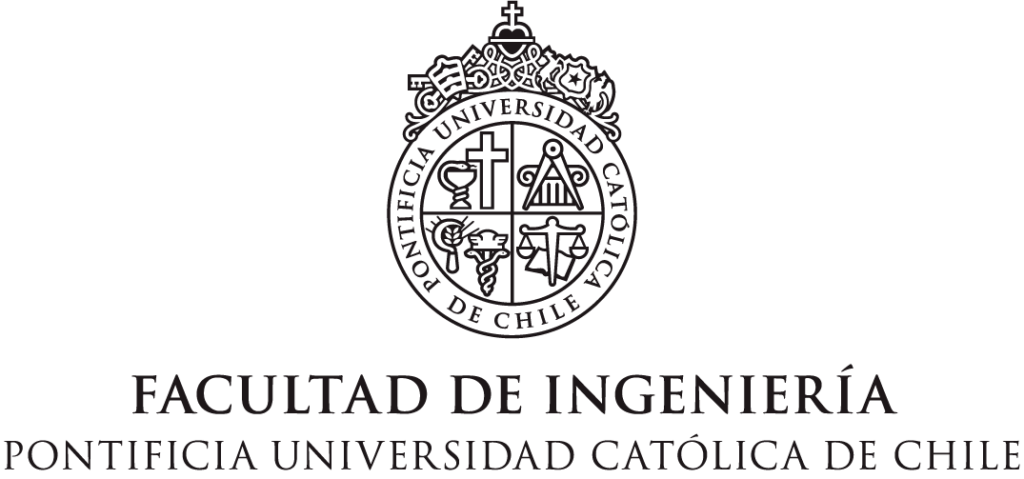Abstract
Developing and updating public transport infrastructure is one of the most complex and far-reaching investment decisions for government. Better public transport and transport infrastructure generates benefits for users and helps manage urban congestion and climate change. This paper presents the results of a survey of residents of six capital cities in Australia to investigate potential jurisdictional differences and similarities in the support for BRT in the presence of LRT options, a common context in many metropolitan areas. We develop two best–worst preference experiments, one associated with design characteristics and the other with service descriptions, in which a number of statements about bus, BRT and LRT, are presented in sets of four, and respondents are asked to indicate which one they perceive as the best circumstance and which one they perceive as the worst. The sets of statements are varied across preference sets to elicit the role of each statement as an identified barrier against or in support of BRT and/or LRT. The main focus of the experiments is to assist in the development of a strategy to promote BRT and to break through the barriers that have created the modal misperceptions so common in many geographical jurisdictions. A survey of residents of six capital cities in Australia provides the empirical context. Ongoing research is extending the study to other locations throughout the world.



